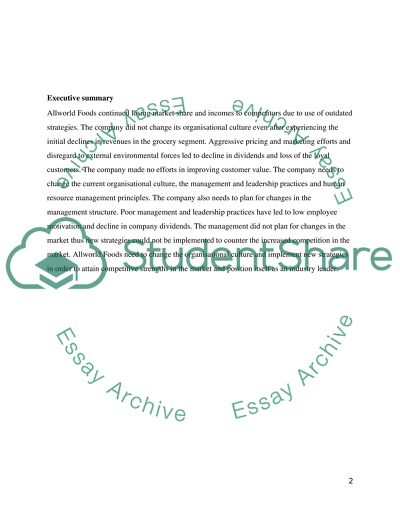Cite this document
(“Human Resources And Organisational Development Essay”, n.d.)
Retrieved from https://studentshare.org/human-resources/1397035-human-resources-and-organisational-development
Retrieved from https://studentshare.org/human-resources/1397035-human-resources-and-organisational-development
(Human Resources And Organisational Development Essay)
https://studentshare.org/human-resources/1397035-human-resources-and-organisational-development.
https://studentshare.org/human-resources/1397035-human-resources-and-organisational-development.
“Human Resources And Organisational Development Essay”, n.d. https://studentshare.org/human-resources/1397035-human-resources-and-organisational-development.


